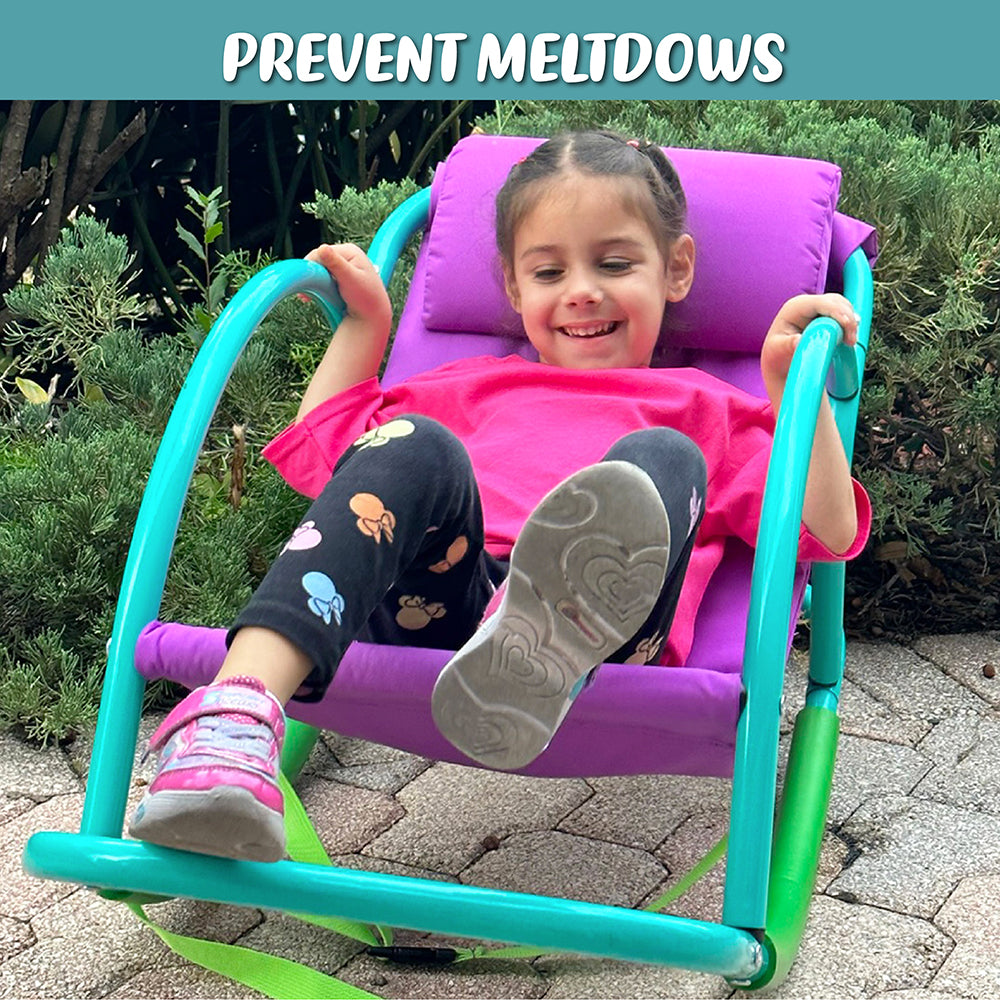
Imagine a playground where the laughter of children intertwines with the rustling leaves, where the boundaries between structured play and the organic exploration of nature blur into a harmonious symphony. This idyllic scene is more than just a child's play paradise; it's a critical environment for children with autism, where the embrace of nature and the joy of outdoor play can unlock doors to social interaction and community integration.
The Natural Playground: A Social Catalyst for Autistic Children
For children with autism, the world can often feel overwhelming, a place where social cues and expectations are as indecipherable as a foreign language. Yet, within the natural playground, we find a different narrative unfolding. Here, the design of inclusive play spaces is not just about accessibility; it's about creating opportunities for peer engagement and cooperative play. These spaces encourage children with autism to step out of their comfort zones and into a world where social skills are nurtured amidst the backdrop of sensory-friendly elements.
Research has shown that when autistic children are exposed to outdoor play in nature, their social interactions can improve significantly. The open-ended nature of outdoor environments allows for less structured, more spontaneous play, which can be particularly beneficial for children who may struggle with the rigid rules and expectations of traditional playgrounds. By engaging in play that is not dictated by specific outcomes, children with autism can explore social dynamics in a way that feels natural and less pressured.
Moreover, the sensory experiences provided by nature – the texture of sand, the sound of water, the sight of fluttering leaves – can be both calming and stimulating for children with autism, often helping them to focus and engage more fully with their peers. It's in this serene yet vibrant setting that the seeds of friendship can take root, growing into relationships that extend beyond the playground.
Inclusive Design: Building Bridges Through Play
The concept of inclusive design in playgrounds and parks is not simply about installing ramps and swings that accommodate wheelchairs. It's about considering the diverse needs of all children, including those with autism, and crafting environments that foster interaction and inclusivity. An inclusive playground might feature quiet zones for those who need a break from stimulation, tactile paths for sensory exploration, and equipment that encourages cooperative play, such as seesaws and interactive water features.
These design elements are not accidental; they are intentional choices made to ensure that children with autism have equal opportunities to engage in play, to learn, and to thrive. Inclusive playgrounds become a microcosm of the society we aspire to create – one where differences are celebrated, and where every child can find their place in the community.
The impact of such design choices can be profound. When autistic children are able to navigate play spaces successfully, their confidence soars. They become more willing to initiate interactions and participate in group activities. This not only enhances their social skills but also contributes to a sense of belonging, a feeling that they are valued members of their community.
Outdoor Play and Sensory Integration
For many children with autism, sensory processing issues can make the world a jarring and uncomfortable place. Outdoor play provides a unique opportunity for sensory integration therapy, where the natural environment itself becomes a tool for learning and development. The sensory-rich experiences of feeling the grass underfoot, balancing on logs, or digging in the dirt can help children regulate their sensory systems, leading to improvements in attention, behavior, and social interactions.
These sensory experiences are not just therapeutic; they're also incredibly enjoyable for children. The joy of splashing in a puddle or the triumph of climbing a hill can be powerful motivators, encouraging children with autism to engage with the world around them in new and exciting ways.
It's important to recognize that while the benefits of outdoor play are universal, the experiences of children with autism are unique. Each child will interact with their environment in their own way, and it's the role of caregivers and educators to provide the support and encouragement they need to flourish.
Empowering Autistic Children Through Nature
The embrace of nature and outdoor play is about more than just fun and games; it's about empowerment. It's about giving children with autism the tools they need to navigate their social world with confidence and joy. It's about showing them that they have a place in the tapestry of life, that their contributions are valuable, and that their voices deserve to be heard.
And so, as we consider the impact of nature and outdoor play on children with autism, let us remember that these experiences are more than just beneficial. They are essential. They are the building blocks of a society that values inclusion, celebrates diversity, and recognizes the inherent potential within every child.

Let us nurture the connection between children, nature, and community, for it is within this connection that true growth and learning occur. Together, we can create a world where every child, regardless of their abilities, can play, learn, and thrive in the great outdoors.










Leave a comment